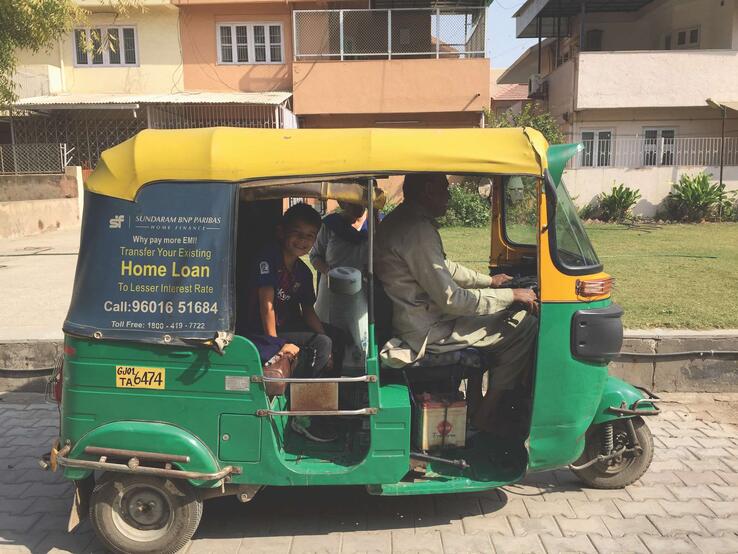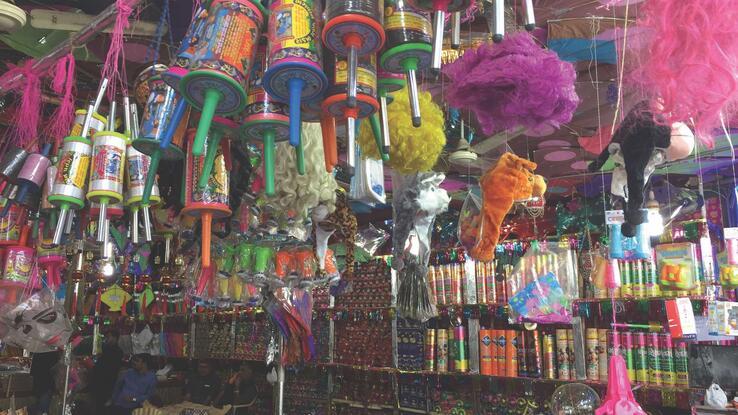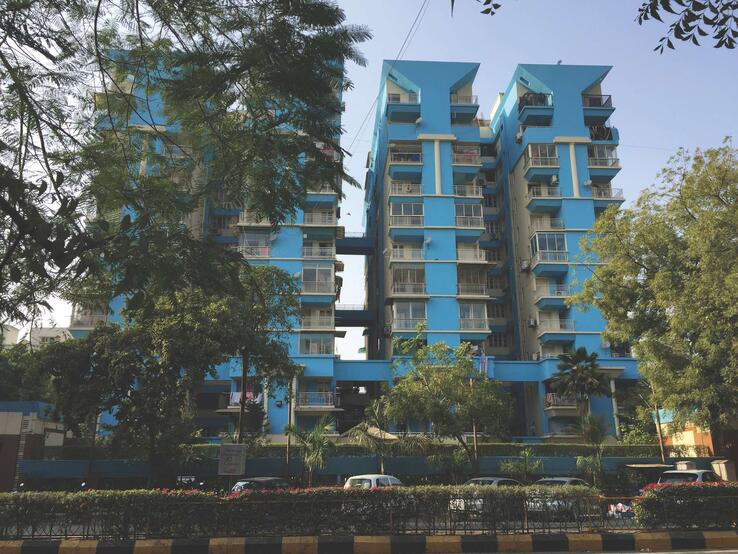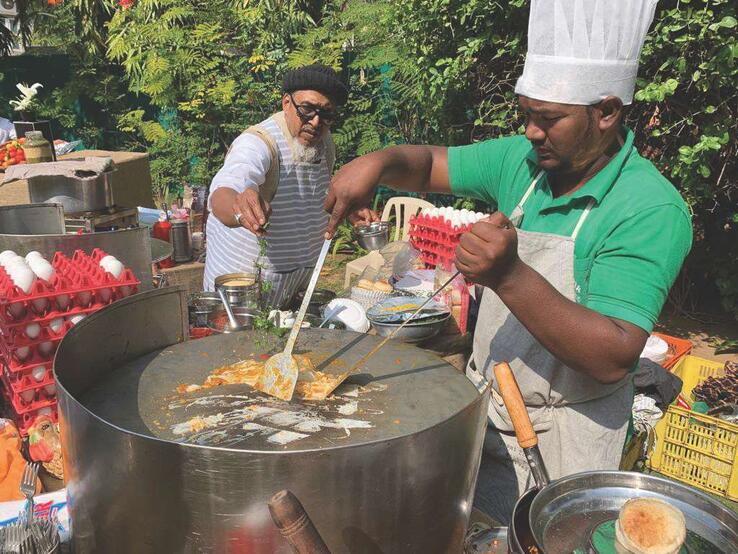Ratna: The big and hectic Indian city of Ahmedabad (pronounced “Amdavad” by the local Gujaratis), spares no one. My 9-year-old son Kiran and I recently went to Ahmedabad since my family is from this region. For this California mom and son, the city felt very wrong and very right at the same time. The relentless honking and yellow polluted air overwhelmed us, as did the heartfelt welcomes from everyone we met.
Ahmedabad is the largest city (pop. 7 million) in Gujarat, India’s thriving industrial state, and is where controversial Prime Minister Narendra Modi hails from. Ahmedabad is also the last place where my father was fully alive and well. He was traveling there before we abruptly lost him to cancer two years ago. On my last visit, I could feel his presence everywhere, especially at the dinner tables and in living rooms of family homes. He loved all Gujarati food and casual conversation, or vato.
Kiran and I visited during NRI (Non- Resident Indian) season, also known as December and January. NRIs have busy social calendars, and voracious appetites for food and shopping. The clothes, arts, crafts, and jewelry are gorgeous, and the favorable exchange rate makes it easy to indulge! Modern Ahmedabad’s exuberant consumption sits in contrast to the most famous Amdavadi: the one and only Mahatma Gandhi, who was about as minimalist as it gets.
Kiran: Ahmedabad was really nice. The pollution was pretty bad though. There are way more malls than you can expect. If you were in a really high apartment and you looked down on the street, you would see only a teeny bit of concrete. The buses will get inches away from each other and almost crash. There so many motorcycles and scooters — so many! And cars of course, also cows and dogs and a few cats. There were bicycles but it’s impossible for them to go anywhere because of all the cars and the smog going into their faces.

Rickshaws
Kiran: I wish we had a rickshaw! I love them because they are way smaller than cars. But they make a lot more pollution. And if you want to sleep in until ten, you will have no luck because of the honking.
Ratna: Yes, rickshaws in our Bay Area, please! Electric, of course. They are small and social. And nimble! In one case, our rickshaw-wala just pushed the rickshaw into a parking place.

Kites
Ratna: We visited Ahmedabad days before the big Uttarayan kite-flying holiday. At a pre-Uttarayan party for little kids, we flew balloons instead of the typical paper kites. My environmentalist heart cringed watching helium balloons rise into the sky.
Kiran: All the kites up in the sky were really nice. In the kite stands were lots of masks and kites and big horns — I was thinking it was probably a really big celebration.

Modernist Architecture
Kiran: The houses were mostly apartments and in some small streets there were houses where we were staying. Many had indoor swings. The architecture was really cool but some of it looked really old and dusty and ugly.
Ratna: Ahmedabad’s elegant modernist architecture emerged with 1950s commissions by Le Corbusier and others. The square and spacious designs make sense here under the hot sun. Ahmedabad homes have spacious rooftop terraces where my parents’ generation spent summer nights sleeping on mattresses under the stars.

Street Food
Kiran: The street food all looks good, but I was just starting with the stuff I know from home. My mom told me it’s not good for me so I shouldn’t have any.
Ratna: Sadly, our delicate NRI stomachs kept us from enjoying the scrumptious and cheap street food which feeds the working classes of the city, like these eggs prepared twenty different ways. Dad would have loved it.

